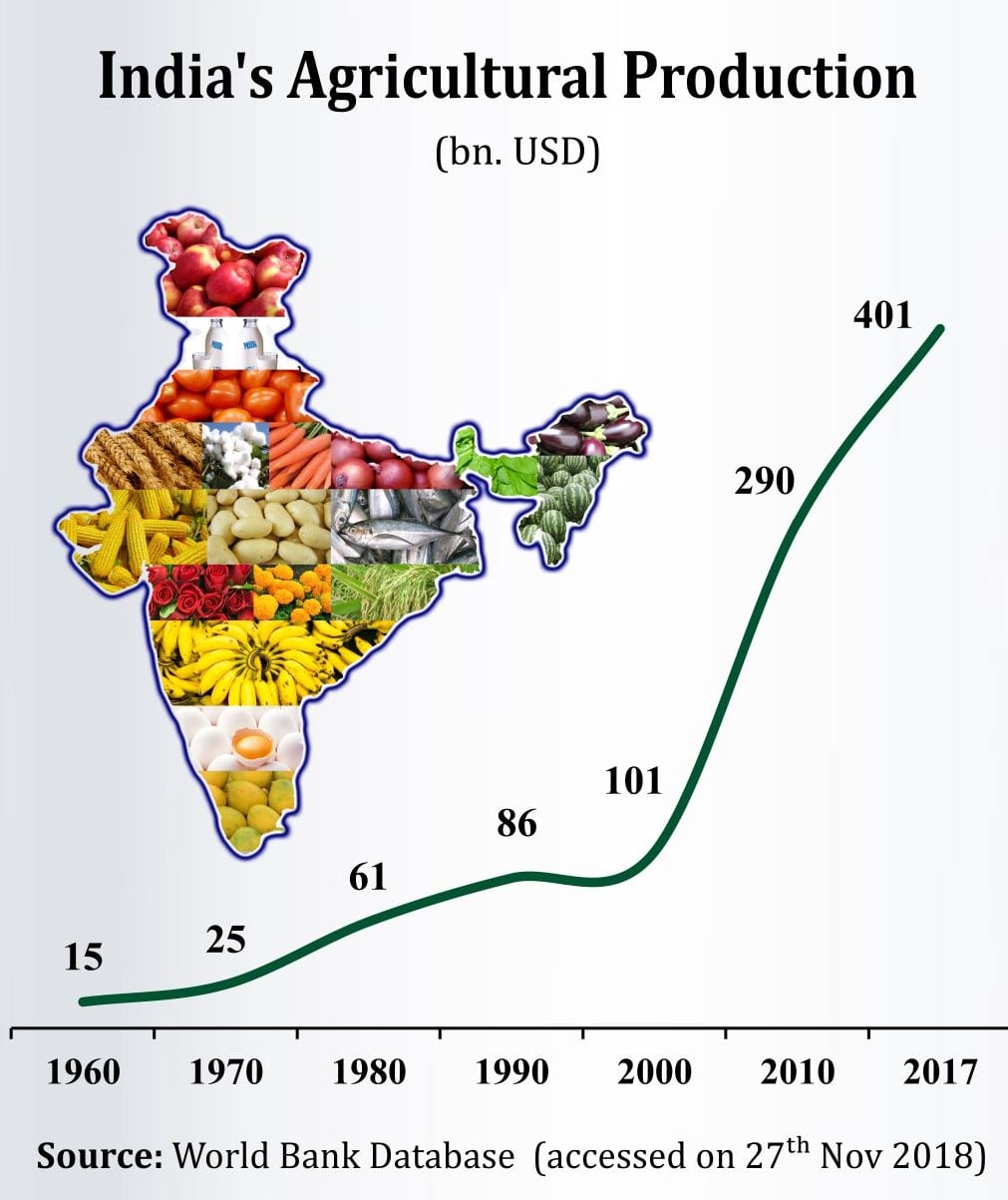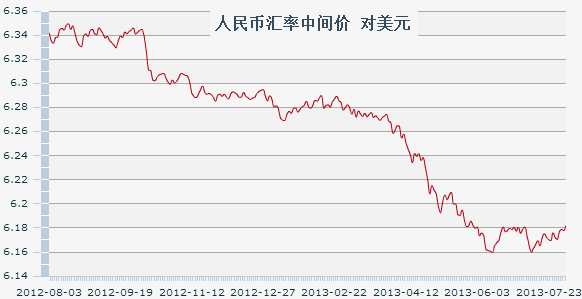Improved Monsoon Outlook: Implications For India's Agricultural Sector And Consumer Spending

Table of Contents
Impact on India's Agricultural Sector
The improved monsoon forecast holds significant implications for India's agricultural sector, potentially leading to a surge in crop yields and production.
Increased Crop Yields and Production
A strong correlation exists between sufficient rainfall and robust crop yields. The improved monsoon promises a positive impact on various key crops. We can expect significant increases in the production of rice, wheat, pulses, and oilseeds. This increased agricultural output will directly contribute to a higher agricultural GDP, bolstering overall economic growth.
- Rice: Experts predict a yield increase of 10-15%, leading to improved food security and potentially lower rice prices.
- Wheat: Similar yield improvements are anticipated for wheat, contributing to a stable supply and potentially impacting flour and bread prices.
- Pulses: The increased rainfall should significantly benefit pulse production, improving protein intake and potentially reducing reliance on imports.
- Oilseeds: Higher oilseed yields could help lower domestic edible oil prices, easing inflationary pressures.
This increase in crop production translates to higher rural income, stimulating further economic activity. Improved food security and increased rural employment are also expected outcomes.
Reduced Irrigation Costs and Water Stress
Sufficient rainfall significantly reduces dependence on irrigation systems, leading to lower irrigation costs for farmers. This translates to increased profit margins and improved farm economics. Furthermore, reduced reliance on irrigation helps conserve precious water resources, mitigating water scarcity and promoting environmental sustainability. A good monsoon season contributes to water management efficiency and reduces pressure on already stressed water resources across the country.
Potential Challenges and Risks
Despite the positive outlook, challenges remain. Uneven rainfall distribution is a recurring concern, with some regions potentially facing localized droughts despite the overall improved forecast. The risk of pest and disease outbreaks remains, necessitating robust pest control measures. Effective post-harvest management is crucial to minimize losses and ensure the successful transportation and storage of the increased agricultural output. Careful risk management strategies are essential to maximize the benefits of the improved monsoon.
Implications for Consumer Spending
The improved monsoon's impact extends beyond the agricultural sector, significantly influencing consumer spending patterns.
Increased Rural Disposable Income
Higher agricultural income directly translates to increased rural disposable income. This leads to a rise in consumer demand for various goods and services, including consumer durables, clothing, and entertainment. This increased spending creates a multiplier effect, stimulating economic activity across various sectors. The positive impact on rural consumption is a key driver of overall economic growth.
Impact on Food Prices
Increased crop yields generally lead to lower food prices. This reduced food inflation directly impacts consumer purchasing power, making essential food items more affordable. However, government policies play a critical role in managing food prices and ensuring their accessibility to all sections of society. Efficient distribution networks are also vital for preventing price fluctuations.
Overall Economic Growth
The improved monsoon significantly contributes to India's overall GDP growth. Agriculture's contribution to the national economy is substantial, and a successful monsoon season provides a positive ripple effect, positively impacting various macroeconomic indicators. This positive outlook underscores the crucial role of agriculture in driving the nation's economic progress.
Conclusion: Improved Monsoon Outlook: Implications for India's Agricultural Sector and Consumer Spending
The improved monsoon forecast presents a largely positive outlook for India's economy. Increased agricultural output promises higher rural incomes and boosted consumer spending, contributing significantly to GDP growth. However, it's crucial to acknowledge the potential risks associated with uneven rainfall distribution and the need for effective risk mitigation strategies. Stay updated on the latest monsoon forecasts to better understand their implications for India's agricultural sector and consumer spending, and to prepare for potential challenges. Monitoring the evolving situation regarding agricultural output, consumer prices, and rural income will provide a clearer picture of the final impact of this year's monsoon season on the Indian economy.

Featured Posts
-
 Dijital Isguecue Piyasasi Rehberi Kibris Ta Yeni Bir Kaynak
May 15, 2025
Dijital Isguecue Piyasasi Rehberi Kibris Ta Yeni Bir Kaynak
May 15, 2025 -
 Stefanos Stefanu Kibris In Gelecegi Icin Bir Girisim
May 15, 2025
Stefanos Stefanu Kibris In Gelecegi Icin Bir Girisim
May 15, 2025 -
 Unexpected Drop In Pboc Yuan Support Analysis And Outlook
May 15, 2025
Unexpected Drop In Pboc Yuan Support Analysis And Outlook
May 15, 2025 -
 Preview Chicago Cubs Vs San Diego Padres March 4th 2 05 Ct In Mesa
May 15, 2025
Preview Chicago Cubs Vs San Diego Padres March 4th 2 05 Ct In Mesa
May 15, 2025 -
 Andors Final Season Cast Reveals Bts Details Of Rogue One Prequel
May 15, 2025
Andors Final Season Cast Reveals Bts Details Of Rogue One Prequel
May 15, 2025
